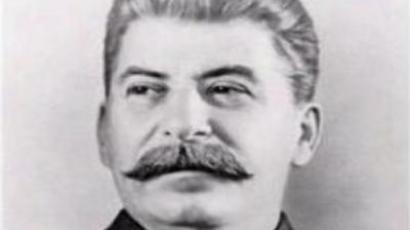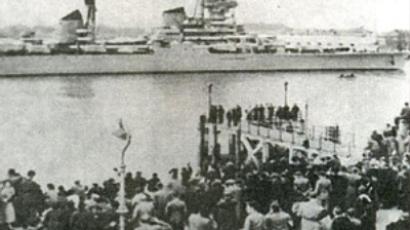Potsdam Conference marks 65
Back in the summer of 1945 the world’s leaders gathered in the city of Potsdam in occupied Germany to decide on the fate of Europe after WWII. The conference kicked off on July 17 and lasted until August 2.
The three allies – the Soviet Union, the United Kingdom and the US – were represented by Secretary General Joseph Stalin, Prime Minister Winston Churchill and President Harry Truman respectively. Later Churchill was replaced by Clement Attlee following a change of power in Great Britain.
Having secured the unconditional surrender of Nazi Germany several weeks earlier, the leaders sat down together in an attempt to establish a post-war order. As a result, Germany was divided into four zones and controlled by the Allied forces.
The Potsdam Conference marked the beginning of rising tensions between the US and the Soviet Union, which later turned into the Cold War.
Aleksandr Chubaryan, Director of the World History Institute, says the conference was the last time the Allies worked together before the Cold War. Still, already at that point all three were trying to pursue individual interests.
“It also showed that, as in everyday life, as long as there is a common target for partners they can close their eyes on their differences. There the goal had already been reached. The Nazis had been crushed. So other problems and interests started to surface,” says Chubaryan.
The Cold War could have been avoided at the time of the Potsdam Conference, says Professor Michael Jones.
“It required a real understanding of the scale of the suffering that the Soviet Union had endured and a realization that if we take the story back to 1942 when the Soviet Union had been invaded, the German forces were at Stalingrad, it wasn’t just being invaded by Germany but by a coalition of Eastern European countries… The deception was that it was a European crusade against Bolshevism,” says Jones. “They [The Soviet Union] wanted to create a buffer to stop a similar crusade happening in the future.”














